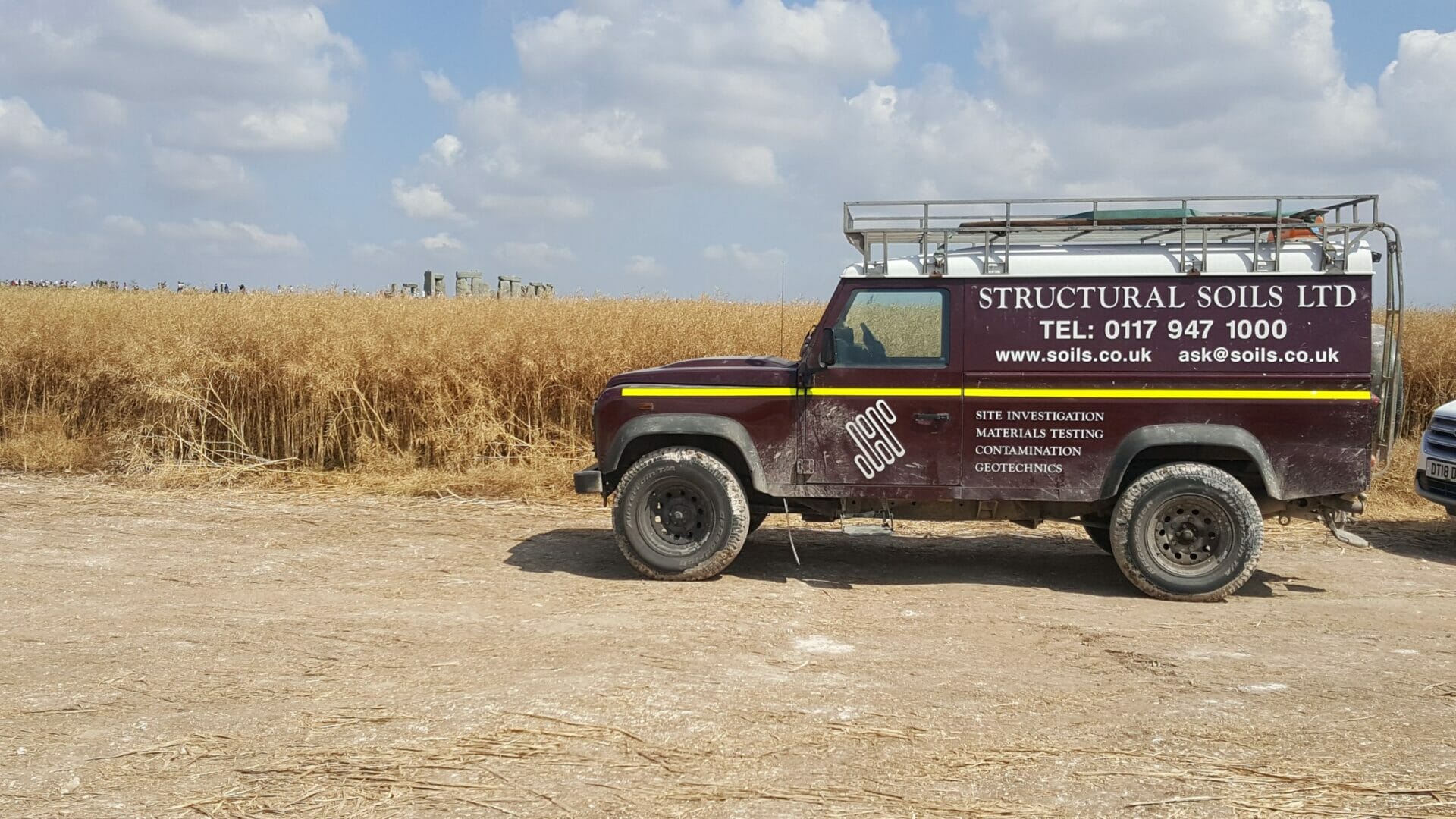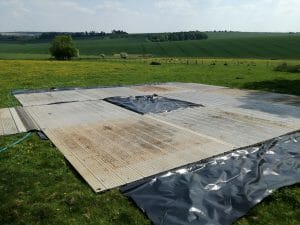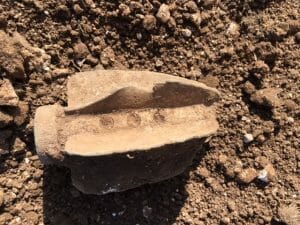
Stonehenge is 3 km west of Amesbury in the south-west of England, UK. This 5000-year-old Neolithic structure is both a British cultural monument and a UNESCO World Heritage site. However, the ancient structure’s site is bisected by the A303 trunk road: the most direct route between the south-east and the west of England. English Heritage manages the prehistoric monument and the National Trust owns the surrounding land.
In 2017, Highways England, English Heritage and the National Trust announced the route for an upgraded A303 around Stonehenge; this included engineering a twin-bore tunnel. The £2.4-billion scheme aims to alleviate the traffic problem on the normally choked road by widening it into a dual carriageway near the Stonehenge site before dipping it underground through a 3.3-km tunnel under the site itself.
When Structural Soils, an RSK company, was commissioned to complete a high-quality ground investigation, including a novel approach to sampling the phosphatic chalk at the site, there were several challenges for the team to face before completing this significant and highly visible work.
The major obstacles were related to the sensitivity of the site. In addition to being a UNESCO World Heritage site, certain areas within the boundaries of the site had been used as firing ranges and others were designated as sites of special scientific interest.
In order to prevent any rutting or degradation of the soil surface, all access routes from the main roads were fully lined with aluminium trackway. The trackway was placed to minimise ground coverage but still provide safe access routes for all vehicles. Multiple layers of Visqueen sheeting were laid out, followed by a series of rubber turf mats. These ensured that the heavily used pedestrian and vehicle areas were not unduly damaged by the work.
Each of the drilling compounds was examined by an ecologist before the ground protection was installed. “Our work did not escape the attention of the local wildlife,” commented Structural Soils Associate Director Mike Addinall. “Our ecologists discovered some stone curlews during their pre-work walkover, and we were surprised to find that the engine bay of one of our drilling rigs had become the ideal nesting site for a young family of pied wagtails. The programme of work was amended to take these issues into account; we ensured that no work was undertaken in the area and that the rig was not used until the birds had fledged.”
Areas deemed to be at risk from unexploded ordnance were surveyed at ground level by an ordnance specialist, and downhole magnetometers were used to ensure that any buried ordnance was not disturbed. “Fortuitously, the only ordnance-related find was a section of tail fin from a mortar shell,” explained Mike. “Nevertheless, this certainly highlighted the very real risk of ordnance in the area of operation!”
Further to the challenges faced above ground, the geological strata beneath the site were discovered to consist of a unique and complex chalk geology: the thickest phosphatic chalk deposits in England that partly filled the fault-controlled erosional channels.
To ensure that high-quality cores were recovered, Structural Soils minimised the disturbance during drilling by using a low-aggressivity core bit and by limiting water use. The team determined that a Geocube core bit was the most suitable for use on the phosphatic chalk. Meanwhile, a polycrystalline diamond clam bit proved to be the most appropriate for the normal chalk. Both core bits were utilised using air mist as the flush medium. Conduit casing 8 inches in diameter was advanced to approximately 5 m below ground level. The top of the casing was fitted with a large-diameter gooseneck outlet and blowout preventer, more often used when drilling in artesian groundwater conditions. All arisings were captured in high-volume settlement tanks, drilling continuing with clean fresh water, which minimised abrasion at the cutting face.
The data collected by Structural Soils will help to minimise the risk from unexpected ground conditions during construction by increasing the understanding of the site’s structural and lithostratigraphical geology. Structural Soils’ engineers recovered intact phosphatic chalk cores, including fault-controlled, shallow marine transgressions and regressions and significant lengths of uninterrupted core from the Newhaven Chalk Formation.
It was crucial to identify where the phosphatic chalk had been deposited within the Newhaven Chalk Formation to aid in developing a highly detailed structural geological model. Structural Soils did this by using a team of very experienced geological rock-core loggers that identified flint and chert marker beds, ranging in thickness from <1 mm up to 0.5 m, and typical fossil assemblages. The precise geologging helped to confirm the geological model and aided in determining the fault-controlled shallow marine transgressions and regressions.
Using the excavation data from the Structural Soils team to build a 3D model of the proposed scheme, planners can make scientifically based judgements on the building of the tunnel. The tunnel will reduce congestion, support economic growth and improve the setting of the Stonehenge World Heritage site.


